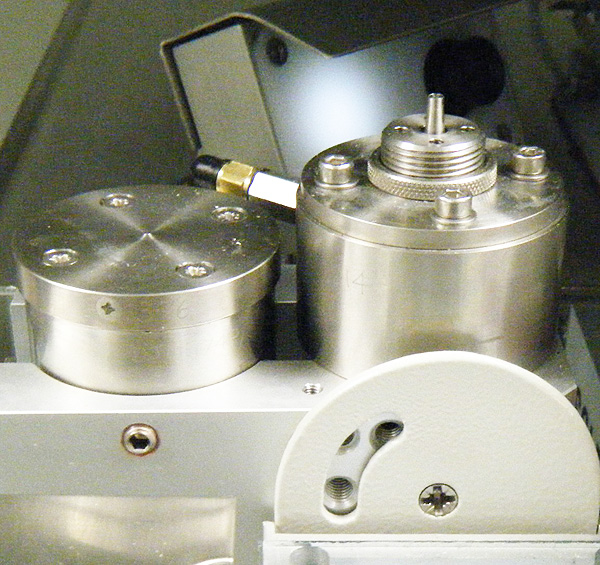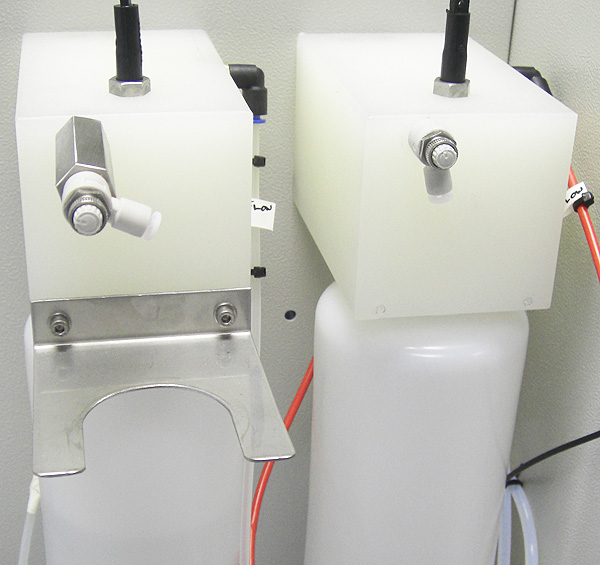The Purpose of Fluxing PCB’s
In electronics soldering, the primary purpose of flux is to prevent oxidation of the base and filler materials. Tin-lead solder (e.g.) attaches very well to copper, but poorly to the various oxides of copper, which form quickly at soldering temperatures. Flux is a substance which is nearly inert at room temperature, but which becomes active at elevated temperatures, preventing the formation of metal oxides. Additionally, flux allows solder to flow easily, rather than forming beads as it would otherwise.
Fluxing Techniques
With the many flux types available today, whether they are water or alcohol based, Pillarhouse has a solution.
Our PillarDOT Drop-Jet fluxer is a highly accurate method of applying flux. This method results in minimal flux deposit and reduces the need for PCB cleaning. This system can operate with a flux solid content of up to 8%. For solids content above this, additional maintenance may be required.
Our PillarSONIC ultrasonic flux head enables rapid flux deposition, with the ability to handle flux with a solids content of over 25%.
For specialist applications, custom fluxing systems can be provided.
Drop-Jet
Fast, accurate, miniature droplet of flux. Water based and alcohol based fluxes can be used.
Ultrasonic
Applies an atomised quantity of flux. Reliable and low maintenance use for higher volume and high solids fluxes.
Dual Flux Head

Combination of dual Drop-Jet and ultrasonic, or a mixture of both. Dedicated variable pitch, dual head, individual flux type handling.
Dual Flux

Offering independent flux bottle supply, this combination is suited when different methods of flux application are considered beneficial.




